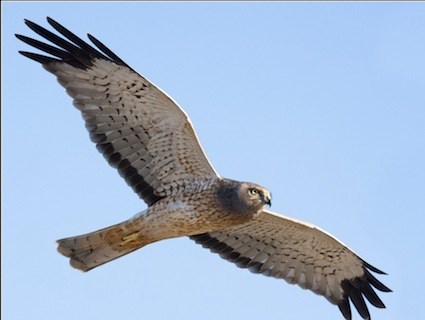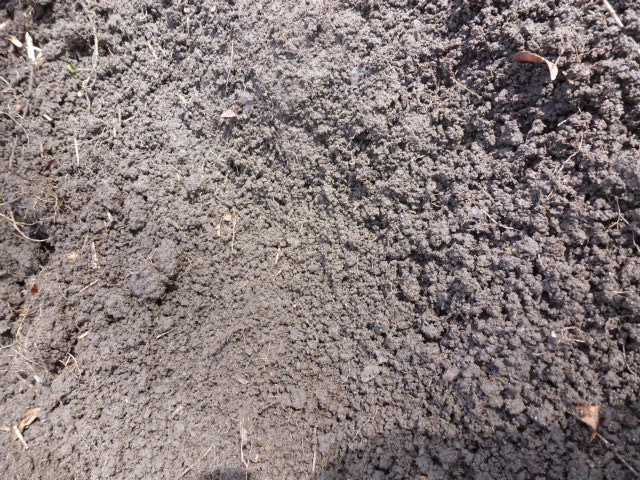Natural succession is the process by which one type of ecosystem turns into another type of ecosystem.
An empty ecosystem – a patch of bare dirt – will be colonized first by whichever plants are able to arrive most quickly. The winners in this race are usually the kinds of plants that people call weeds – plants that are able to tolerate poor conditions, grow quickly, and make lots of seeds. Over time, however, other types of plants will arrive. The second wave is usually dominated by small perennials, with shrubs arriving next. Finally, trees move in, greatly altering the characteristics of the area by casting shade where previously there had been sun. Plants that arrived earlier in the succession are shaded out and are replaced by others that don’t need as much light.
While the details of this progression vary from one place to another, ultimately, almost any area capable of supporting trees will turn into a forest ecosystem. Why, then, do we find ecosystems other than forests?
The reason is that succession is not a linear process. Rather, it is a cycle. Ecosystems can be “reset” to earlier stages of succession when a disturbance eliminates the kinds of plants that characterize later stages of succession. A natural disturbance – such as a fire, tornado, or landslide – tends to knock down trees, creating opportunities for small, sun-loving plants to move back in.
The natural ecosystems of Wisconsin are a good example of this. Prairies and oak savannas remained largely free of tree cover because of regular disturbance by fire. Without these disturbances, southern Wisconsin would historically have been covered by forest.
For this reason, people often say that a prairie “needs” disturbance in the form of fire. This is true in the sense that a prairie would not continue to be a prairie in the absence of fire. Instead, it would become a forest – different, but not necessarily worse.




